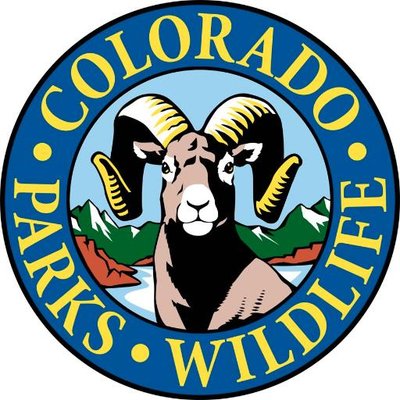Hunting: A key component to wildlife conservation
By Carin R. Kirkegaard; information provided by Colorado Parks and Wildlife
For tens of thousands of people in Colorado, hunting season is one of the best in the state. In addition to providing food for the table and an outdoor recreational experience, hunting is an important wildlife management tool.
“Wildlife management covers a wide range of issues,” explained J.T. Romatzke, northwest regional manager for Colorado Parks and Wildlife (CPW). “We look at wildlife populations, winter range protection, human/wildlife conflicts, law enforcement and more.”
Colorado’s wildlife was decimated in the mid to late 1800s when the state was flooded with people seeking opportunity and fortune with the gold and land rush. Many game animals, birds and fish were nearly wiped out by the market hunters and pioneers who hunted to provide food for survival. Fortunately, conservation-minded hunters helped to pass wildlife laws that restricted hunting and fishing.
In 1870, the Colorado Territorial legislature passed the first wildlife protection law – banning the use of nets for taking fish from rivers and streams. Then in 1879, the first wildlife protection agency was established. The legislature was able to set seasons, methods of hunting, bag and possession limits and in some instances bans on a particular species. With a law-enforcement agency in place, populations of deer, elk, trout, wild turkeys, pronghorns, bighorn sheep and many others were restored.
The efforts paid off. Today, Colorado is renowned for its wildlife. Hunters come from all over the country to hunt in the state’s picturesque landscape. Rivers and streams attract anglers from around the world, and birders travel to witness sage grouse, sandhill cranes and hundreds of other species that call Colorado home.
“Now we can examine important biological issues such as over-population, health of winter range and diseases,” Romatzke says.
Biologists work with CPW on various research projects designed to maintain healthy wildlife populations. Managers do on-the-ground work that is enhanced with computer modeling, software and GPS-collar technology to monitor reproduction, survival rates, migration patterns, habitat and nutritional needs. The data gathered is used to establish trends and help determine solutions to problems.
Wildlife management is costly. Fortunately hunters and anglers are willing to fund this work through annual purchases of hunting and fishing licenses. The license revenue in Colorado covers 75% of all the agency’s wildlife activities.
“In Colorado we have a great heritage of wildlife conservation and hunting tradition. The work at CPW ensures that it will continue,” said Romatzke.
